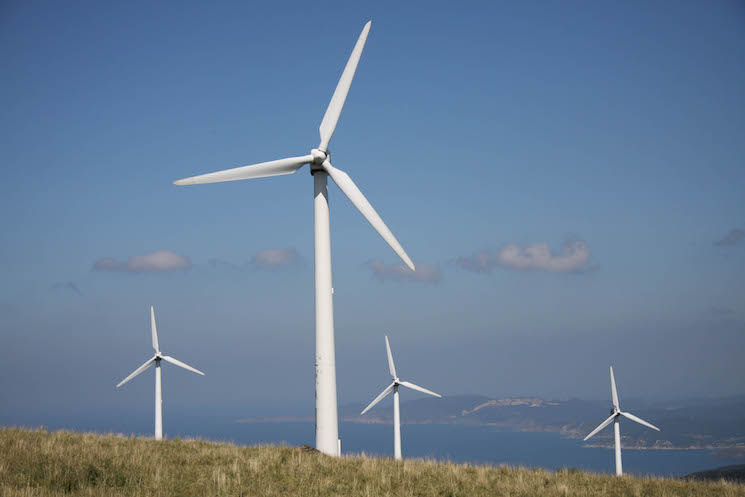SOLARTODAY May 30, 2014

By MICK SAGRILLO
In today’s fast-paced lifestyle we often jump frenetically from one task to another, sometimes unable to recall what we just did. That may work at ground level, but it definitely does not atop a tower. The “get it done now” mentality has no place at heights where gravity could hurt both tower workers and ground crew.
One of the very best practices is to have the crew talk through the entire job when you first arrive on site, even before unloading the truck. Assign roles based on experience and ability, and make sure everyone under- stands both their own responsibilities and the roles of all others. Everyone must know the emergency phone numbers and where the first-aid kit is located. Communication and hand-signal protocol should be reviewed, especially with any hired contractors that don’t work with the crew regularly. That includes crane operators, excavators, concrete drivers and other subcontractors.
Pick a staging area at least half the tower height away from the tower base — a safe distance from the drop zone where tools and parts may fall. The staging area should be placed where a crew member won’t walk through the hardware, scattering parts about while gazing at the tower workers above.
Organize and lay out all tools, parts, hardware and anything else that could possibly be needed for the job in the staging area. Always lay out duplicate hardware and tools. This might seem like overkill, but you really don’t want to stop the job because someone “misplaced” a critical bolt or a specialty socket, the only one that you happened to bring along for the job. Spares and duplicates of everything may cost more upfront, but will save money on every job you do. Just consider the cost of an idle crew while someone drives to the hardware store for a replacement wrench or bolt.
The Occupational Safety & Health Administration (OSHA) has tagged dropped tools as a chief safety issue for wind farm crews, and small wind installations are not that different. I recall a small wind installation workshop where a tower worker dropped a roll of electrical tape from 120 feet. At that exact moment, a ground crew member, wearing a hard hat, scurried to the tower base to fetch something. The tape struck the ground worker on the shoulder. He nursed the sore shoulder for more than a week, amazed that what struck him was only a roll of electrical tape.
What if it had been a wrench? There was no reason for that guy to fetch what he was after at that moment. There are times when a ground crew needs to be below tower workers. In such cases, every precaution must be made to avoid anything at all falling from up-tower. There isn’t a hard hat available that will safely deflect a wrench dropped from 120 feet.
Here are some tried and true practices to avoid dropping tools and parts:
- Carry tools and parts only in buckets, pouches and bags that can be securely closed.
- Better yet, hoist parts and tools to the tower top. Don’t carry them while climbing.
- Use lifting ropes and equipment rated for the work expected from them.
- Don’t overload tool containers to the point that they can tip and spill. This isn’t simply a safety measure. The last thing you need is a crew crawling through the grass searching for some irreplaceable component.
- Fit every tool with a nylon sling, so it can be secured with a carabiner to a tool belt, haul rope, wind turbine or tower. If dropped, it won’t fall far. At day’s end, clean up the site, stow tools where they belong and store parts — new or replaced — where they can be retrieved when needed. Make sure to document what was done and what still needs doing.
An excellent resource is “Best Practices in Small Wind: Tower Climbing Safety,” a consensus document created by small wind installers, available at smallwindconference.com/wp-content/uploads/2012/02/BP- doc-ver-4.pdf.




